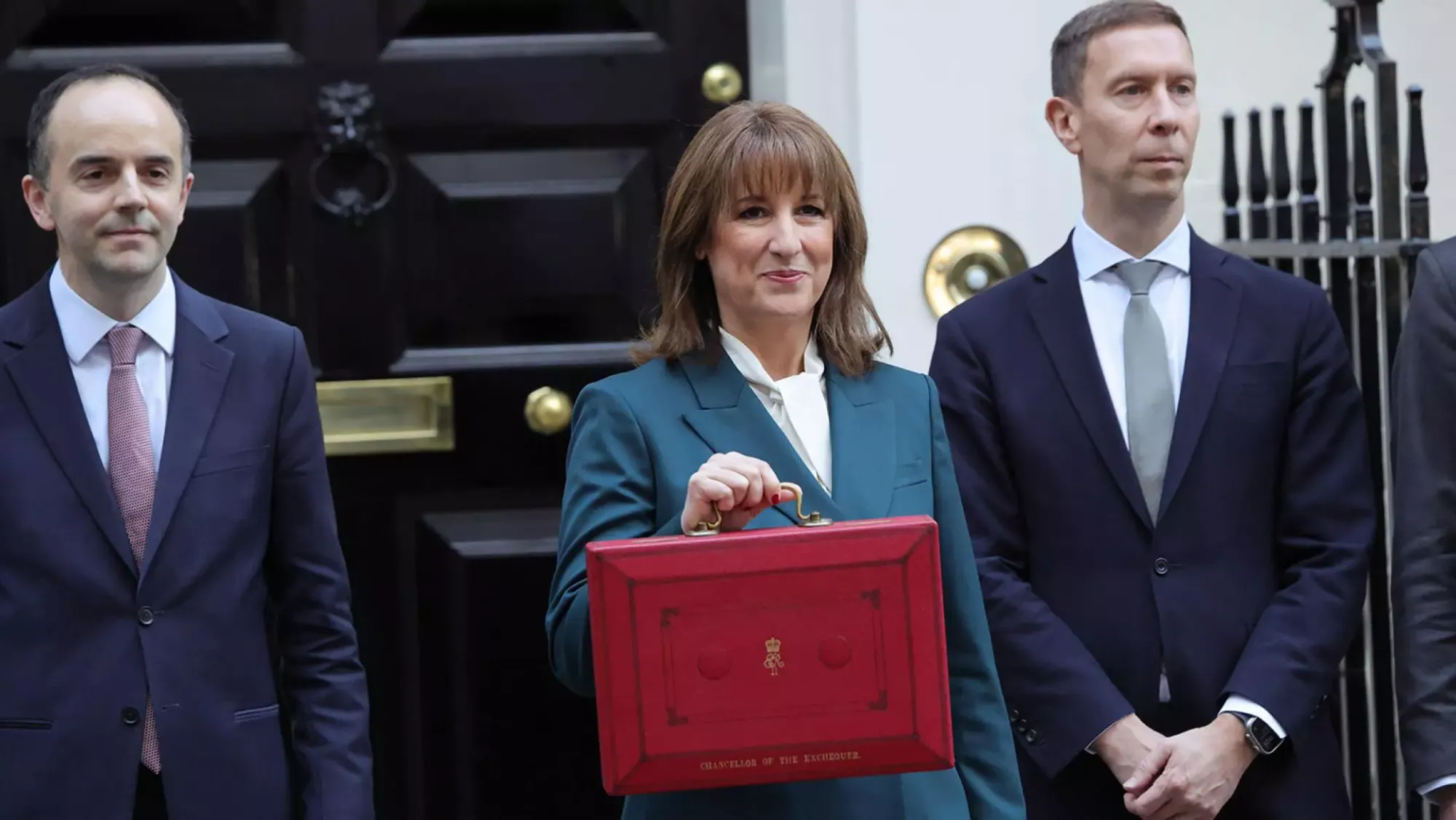Strategies for Self-Employed Individuals to Maximise Pension Contributions in the UK

For self-employed individuals in the UK, planning for retirement requires a proactive approach, as they lack the automatic pension contributions that employees receive through workplace schemes. By implementing effective strategies, self-employed professionals can maximise their pension contributions, ensuring financial security in later years.
Understanding Pension Options for the Self-Employed
Self-employed individuals have access to several pension schemes, each offering distinct benefits:
- Personal Pensions: These are private pension plans where individuals make regular contributions, which are then invested by the pension provider. The growth of the pension pot depends on the performance of these investments.
- Self-Invested Personal Pensions (SIPPs): SIPPs offer greater control over investment choices, allowing individuals to select specific assets such as stocks, bonds, or commercial property. This flexibility can be advantageous for those with investment experience.
- National Employment Savings Trust (NEST): NEST is a government-backed pension scheme designed to be simple and cost-effective, making it a suitable option for self-employed workers seeking a straightforward pension plan. For more insights on retirement planning for the self-employed, see Understanding self-employed pension options.
Selecting the appropriate pension scheme is crucial, as it influences the growth potential of retirement savings and the level of control over investments.
Maximising Tax Relief on Contributions
One of the significant advantages of contributing to a pension is the tax relief provided by the government:
- Basic Rate Taxpayers: For every £80 contributed, the government adds £20, resulting in a total contribution of £100. This immediate 25% boost enhances the growth potential of the pension fund.
- Higher Rate Taxpayers: Individuals in higher tax brackets can claim additional tax relief through their self-assessment tax return, further increasing the tax efficiency of their contributions. For strategies on building a tax-efficient investment portfolio, check out How to create a tax-efficient UK investment portfolio.
It's important to be aware of the Annual Allowance, which is the maximum amount that can be contributed to a pension each tax year while still receiving tax relief. As of the 2024/25 tax year, this allowance is £60,000 or 100% of earnings, whichever is lower.
Implementing a Flexible Contribution Strategy
Given the often variable income associated with self-employment, adopting a flexible approach to pension contributions is beneficial:
- Regular Contributions: Setting up monthly direct debits can help in building a substantial pension pot over time.
- Lump Sum Payments: During periods of higher income, making additional lump sum contributions can accelerate pension growth.
- Adjustable Contributions: Many pension providers allow for adjustments to contribution amounts, enabling individuals to increase or decrease payments in line with their financial situation.
Regularly reviewing and adjusting contributions ensures that pension savings align with current income levels and retirement goals.
Diversifying Investments Within the Pension
Diversification is key to managing risk and enhancing the potential for returns:
- Asset Allocation: Spreading investments across various asset classes, such as equities, bonds, and property, can mitigate the impact of market volatility.
- Risk Assessment: Assessing personal risk tolerance and adjusting the investment portfolio accordingly helps in maintaining a comfortable balance between risk and potential returns.
Engaging with a financial adviser can provide tailored advice on constructing a diversified investment portfolio within the pension scheme.
Utilising the Carry Forward Rule
The Carry Forward rule allows individuals to utilise unused annual allowances from the previous three tax years, provided they were a member of a pension scheme during those years. This can be particularly advantageous for self-employed individuals who experience fluctuating incomes, enabling them to make larger contributions in profitable years without exceeding the annual allowance.
Considering the State Pension
In addition to private pension savings, self-employed individuals are entitled to the State Pension, provided they have made sufficient National Insurance contributions. As of the 2024/25 tax year, the full new State Pension is £221.20 per week. To qualify for the full amount, individuals need 35 qualifying years of National Insurance contributions.
It's essential to check one's National Insurance record and consider making voluntary contributions if there are gaps, to ensure eligibility for the full State Pension. For a comprehensive guide on the State Pension and its implications, refer to How to calculate your State Pension in the UK.
Exploring Additional Savings Vehicles
Beyond pensions, other savings vehicles can complement retirement planning:
- Individual Savings Accounts (ISAs): ISAs offer tax-free growth and withdrawals, providing flexibility and accessibility. While they don't offer the same tax relief on contributions as pensions, they can be a valuable component of a diversified retirement strategy. Discover more about this in A guide to cash ISAs: balancing security and growth.
- Lifetime ISAs (LISAs): Designed for individuals aged 18-39, LISAs allow contributions of up to £4,000 per year, with a 25% government bonus. Funds can be used for purchasing a first home or withdrawn tax-free after age 60. However, there are penalties for withdrawals not meeting these criteria, so it's important to understand the terms before contributing.
Seeking Professional Advice
Navigating pension planning can be complex, especially for self-employed individuals with unique financial circumstances. Consulting with a financial adviser can provide personalised guidance, ensuring that pension contributions are optimised and aligned with long-term retirement objectives.
Retirement Strategies: Your Path to Financial Freedom
For self-employed individuals in the UK, taking control of pension planning is essential for securing a comfortable retirement. By understanding available pension options, maximising tax relief, implementing flexible contribution strategies, diversifying investments, and considering additional savings vehicles, self-employed professionals can build a robust financial foundation for their future.




